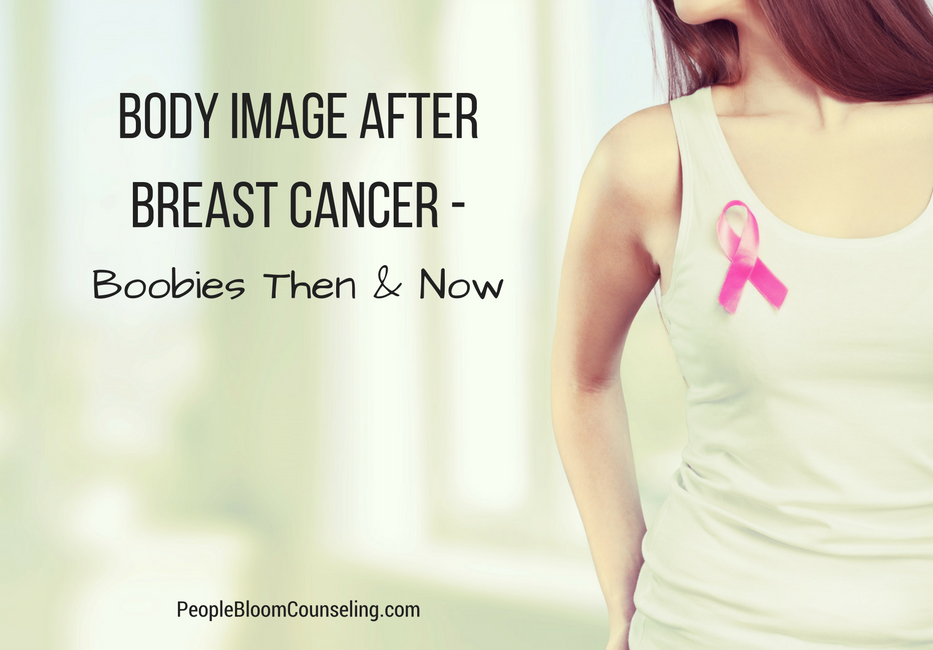Tatiana Shepeleva/stock.adobe.com
The word “trauma” on Google
When I google searched “trauma” the first definition that came up was “a deeply distressing or disturbing experience”. The word “trauma” is synonymous with “shock, upheaval, stress, pain, anguish, suffering, agony, misery” and the list goes on. The word has a Greek origin which literally means “wound”. When I pause to reflect on what these words actually mean, my heart becomes heavy.
Posttraumatic Stress Disorder re-triggered
I must say that while I’ve processed the trauma of my aunt’s death, watching an episode of Sherlock Holmes this past weekend was enough to trigger memories of her. I didn’t expect it; it just happened. Then I think about the many people who have been through a traumatic event and have not learned to process it and integrate it as a part of their life story. After all, it doesn’t take much to be triggered with the never ending information on social media, and to hide from triggers is to hide from life itself. If that’s your experience, I grieve with you. But, let’s not stay there.
A recap on CBT modalities for treating trauma
Last month, I wrote about Cognitive Behavioral Therapies (CBT) for the treatment of PTSD. CBT is about changing the way you think and feel about a traumatic experience. There is often an exposure component where you recall what happened in the safety of the therapist’s office and you learn to put the trauma behind you. Trauma-Focused Cognitive Behavioral Therapy (TF-CBT), Cognitive Processing Therapy (CPT) and Prolonged Exposure Therapy (PE) were amongst the treatments covered.
Trauma therapies that re-wire the brain
Today, I’m excited to call upon additional experts in the Seattle area to talk about other forms of PTSD treatment. They eloquently speak to modalities that use brain activation and body-mind integration to re-wire the brain and change the relationship you have with the traumatic event.
Without further ado, I give you Lorencita Villegas and Laura Moon Williams!
Eye Movement Desensitization and Reprocessing (EMDR)
Lorencita Villegas, LMHC, NCC is a certified EMDR psychotherapist. She writes, “Eye Movement Desensitization and Reprocessing (EMDR) is a therapy modality that helps process traumatic or disturbing life experiences or memories. It follows an eight-phase protocol where I’d ask you to recall the memory and the negative thoughts associated with it, as well as the positive thoughts you’d rather have about yourself. The goal is to replace the negative cognitions with the positive, and allow the trauma to move.
Trauma moves by allowing the brain to create new pathways that are more adaptive. To allow movement we will use eye movements (or other bilateral stimulation) to activate your brain. EMDR allows you to access your intellectual and emotional processes on your own, unlike talk therapy where the clinician would help interpret them.
It is important to note that EMDR will not change the memory of the particular event, but will change the thoughts and physical reactions associated with it. For example, a person who experienced a car accident may go from experiencing high levels of stress to having a more adaptive thought such as, “I can control my driving.” EMDR has been recognized by the World Health Organization and the Veterans Affair as a leading treatment for Posttraumatic Stress Disorder.“
Lifespan Integration Therapy (LI)
Laura Moon Williams, MA, LMHCA is a Lifespan Integration (LI) therapist. This is how she explains LI, “Those who have had a traumatic experience(s) often feel stuck reliving the event through intrusive memories, flashbacks, dreams or physical and emotional responses to reminders/triggers of the traumatic event. These PTSD symptoms occur because the person doesn’t fully and truly know that the traumatic event is over; the body-mind system is stuck in the experience and continues to respond to its current environment as if the event had just happened.
Lifespan Integration provides a safe, therapeutic way of re-experiencing the event and demonstrating that it is over, without re-traumatizing. This is done by viewing multiple timelines, beginning with the event and continuing with everyday memories that bring you into the present moment. Seeing what happened in the days, weeks, months, or years following the event proves to the body that the event is over and allows the traumatic experience to be integrated into one’s larger story. People are often surprised by how quickly they experience relief from PTSD symptoms with Lifespan Integration.“
There is hope for you
If you struggle with symptoms of posttraumatic stress disorder, you don’t have to go about it alone. PTSD affects you when you’re waking or sleeping, when you’re alone or in the company of others, when you’re at work or at play. It doesn’t have to be this way! Lorencita and Laura are here to help you put trauma in its place. Reach out to them! Lorencita is here and Laura is here.
Ada Pang, MS, LMFT is the proud owner of People Bloom Counseling, a Redmond psychotherapy practice in WA. She helps distressed couples and breast cancer patients. She understands that she cannot be known for too many things, but yes, she also loves helping amazing but struggling people recover from trauma using CBT approaches. When she’s not seeing clients, she’s about working on her business and building relationships within the therapist community.






















